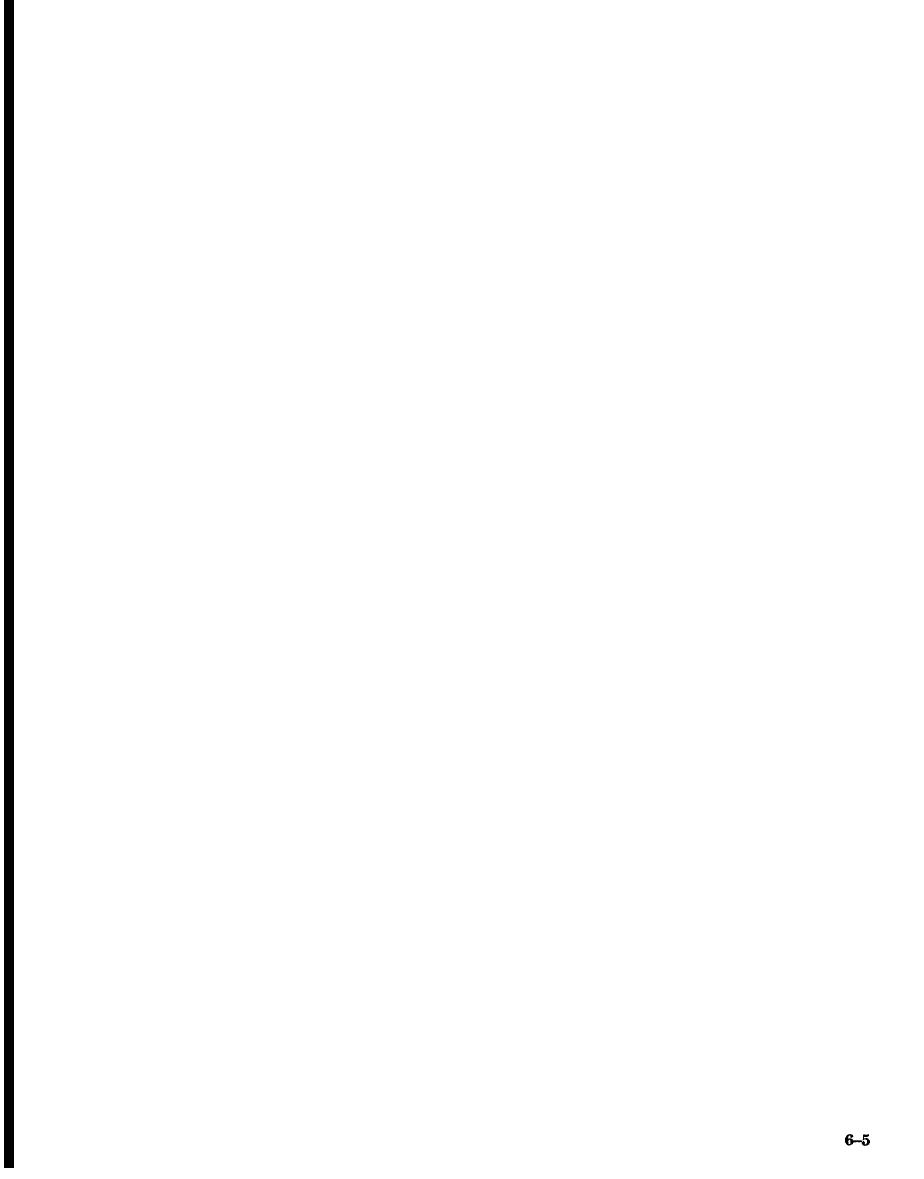

Custom Search
|
|

|
||
 TM 5-683/NAVFAC M-116/AFJMAN 32-1083
new voltage level as well as the O, 1, 2, 3, 4 and 5
insulation system that otherwise may not show up
minute intervals after the final test voltage has
during insulation resistance testing. Overpotential
been reached. The step method is intended to catch
testing may be desirable as an overall quality accep-
an undesirable trend in the leakage current before
tance test after installation, modifications, or ex-
the cable actually fails. The test can be stopped
pansion of a feeder cable system; as an additional
before the final voltage is reached. An engineering
check of critical, emergency power feeder cables; as
judgment will be required to determine if the cable
an additional quality check that is known to have
should be left in service or if remedial measures
conducted high current due to a short circuit fault
should be taken. In both test methods, good inter-
in the connected equipment; or, as a quality check
pretation of the leakage current magnitudes and
after cable splices have been made. Overpotential
the trends is necessary. Temperature, humidity, and
testing is not recommended as a periodic, routine
insulation surface conditions affect the readings.
maintenance test under three conditions. First, if
Table 6-1 should be used as a guide in determining
the cable cannot be completely disconnected or iso-
the specified test voltages.
lated from the connected load(s) or auxiliary devices
such as surge capacitors, lightning arresters, fuses,
b. Alternating current (AC) tests. AC overpo-
tential testing is severe and possibly destructive to
cutouts, and switchgear bus, second, if unacceptable
the cable under test. In the AC test, the voltage is
readings have already been obtained from general
quickly raised from zero to the specified level. The
insulation resistance testing, and third, if the cables
test is usually held for one minute. The current is
are known to be laying under water.
measured in milliamperes; however, its value is not
a. Direct current (DC) tests. There are two meth-
important. The reading of current is provided so
ods used for DC overpotential testing. In the first
method, the voltage is raised gradually to the speci-
that the person running the test can determine if
the particular test set has sufficient capacity for the
fied level. The rate of increase should be adjusted to
maintain a steady charging and leakage current.
task at hand. If the cable withstands the one
minute application, the test has been passed. Fail-
The current for a DC testis measured in microam-
ure results in short circuit and a ruined portion of
pere. Sixty to ninety seconds has been found to be
the cable. The test set is designed to trip off imme-
an acceptable average time to reach the final test
diately upon detection of the fault current. Table
voltage level. When this level has been reached,
6-1 gives the recommended test levels.
leakage current readings are taken and recorded at
O, 1, 2, 3, 4, and 5 minutes. After the last reading,
6-5. Cable trouble-shooting.
the voltage is slowly lowered and the cable is al-
lowed to fully discharge. The second method is
Table 6-2 provides information regarding the most
common cable failure: overheating. Probable causes
called the step method. Using this procedure, the
of overheating cables are listed along with recom-
test voltage is raised in steps at given intervals. The
mended practices to remedy the problems.
leakage current is measured and recorded at each
|
 
|
|
 |
||